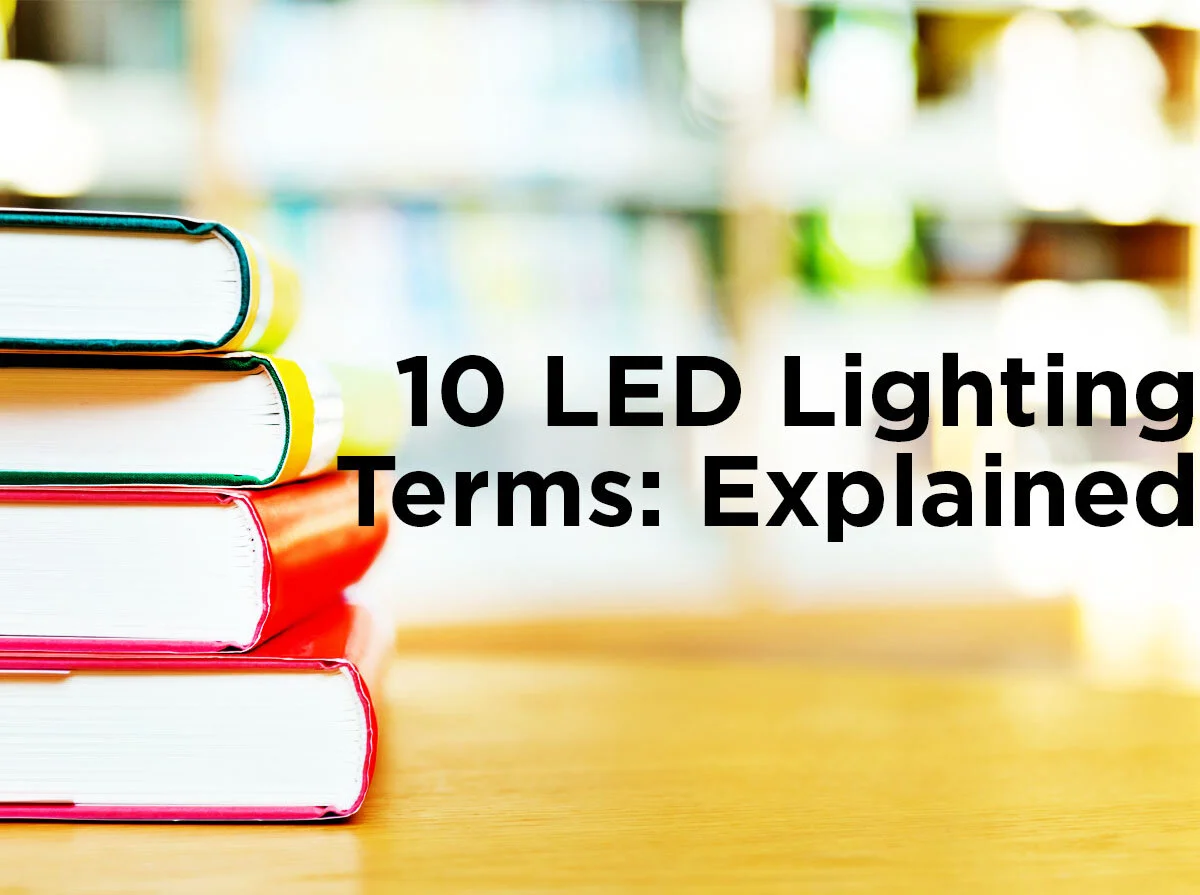Do LED Lights Attract Bugs?
Bug lights are essential to a peaceful year of outdoor night-time events. They ensure that, whether you're in the yard or on the porch, you aren't being swarmed by moths and other insects.
Unfortunately, there is a lot of misinformation about bug lights and how they work.
The most recent dispute is whether LED lights are capable of repelling most bugs from your porch, just by virtue of being LED lights. Many users and manufacturers say they can, but many say they can't.
Let's take a look at why both sides are right, and how insects relate to LED lights.
Light Bulbs Emitting UV Light and Heat Attract Bugs
Understanding how bug lights work and why lights attract insects will help us break down this dispute.
Firstly, no bug light actually repels bugs. Since many bugs navigate by light sources like the moon or sun, they're attracted to the light they can see.
A bug light can work in two ways. First, they can emit light that is invisible to bugs and insects. Second, they can simply be too dim for the bugs to notice the light. If no bugs come to hang out, the end effect is similar to a bug repellent.
UV light and the infrared spectrum are used by bugs for navigation and locating food. In fact, they primarily navigate using light with a cooler color temperature, so white incandescent bulbs or bluish lights, generally attract bugs. However, lights with a warmer color temperature, such as dichroic yellow lights, halogen bulbs, and sodium vapor lamps are less attractive to unwelcome insects.
We have a much more in-depth write-up on how bug lights work, but what's important to remember is that most insects do not see light around the 650 nm (red) range.
Since different insects see different wavelengths of light, and many bugs are attracted to heat, bug lights are never 100% effective. The heat output of an incandescent bug light can still attract bugs. However, they are very good at reducing the number of bugs attracted to the area by excluding the light visible to the majority.
LED Bulbs Emit Little UV Light or Heat
So, why do some people claim that LED lights repel bugs and insects?
For the same reason that bug lights do not attract bugs. LED lights, specifically the bulbs typically used in residential lighting, emit very little light in the ultraviolet light spectrum.
LED lights also emit little heat from their light source, further reducing their attractiveness to bugs.
But, it isn't just ultraviolet light that bugs find attractive. Many types of insects see equally well in the blue-range (shorter than 500 nm) of the light spectrum.
As you can see from the chart, typical LED bulbs light up quite nicely in that range, because their color temperature is similar to the natural daylight that we can see and enjoy.
So, while an LED light bulb should attract fewer insects than a typical incandescent light, it can still attract quite a few bugs.
Buying a warmer color temperature (which is what you should use for landscape lighting anyway) will also help, since a 2700K bulb contains less of the blue wavelength of light than a 3500K LED lights would. White LED lights attract insects at a higher rate than yellow LED light bulbs.
However, using an LED light bulb is still not as good as using an actual bug light. LED bug lights are different from LED lights. They're simple to identify since they will both say “bug light” and typically feature a yellow color to the bulb, similar to incandescent bug lights.
However, LEDs work far better than incandescent bug lights because if two lights emit the same wavelength of light, the bulb that produces less heat will attract fewer bugs.
As a quick summary:
Bugs and Lights
To make a long story short, LED light bulbs are not invisible to bugs any more than any other specific light bulb.
They are harder to see for some bugs than other lights (which means the area you live in may be relatively free of susceptible bugs), but you are still better off buying an actual bug light, whether incandescent or LED.
One way to counteract bugs is to install bug lights in the areas where you will be most active, and install standard lights further out (drawing more bugs away from activity hot spots).
Looking to Purchase Outdoor Fixtures or LED lights?
Have any extra questions, or maybe you'd like to share some anti-bug tips for the coming seasons? Share in the comments below or contact us through Facebook, Twitter, LinkedIn, or Pinterest.
For help finding the best lighting solutions for your next outdoor lighting project, contact one of our knowledgeable US-based account managers, call 1-800-624-4488 or try our convenient “pop-up chat feature” at the bottom right corner of our 1000bulbs.com web pages.













